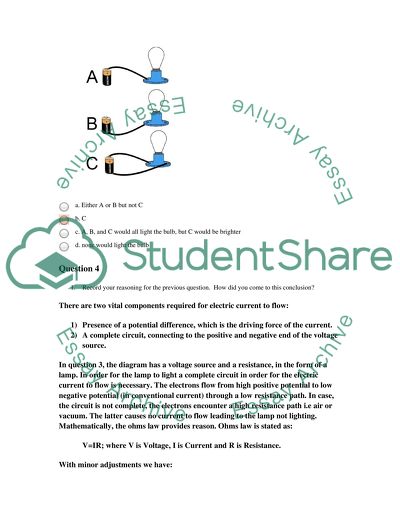DC Circuit Basics Assignment Example | Topics and Well Written Essays - 250 words. Retrieved from https://studentshare.org/physics/1631551-dc-circuit-basics
DC Circuit Basics Assignment Example | Topics and Well Written Essays - 250 Words. https://studentshare.org/physics/1631551-dc-circuit-basics.


